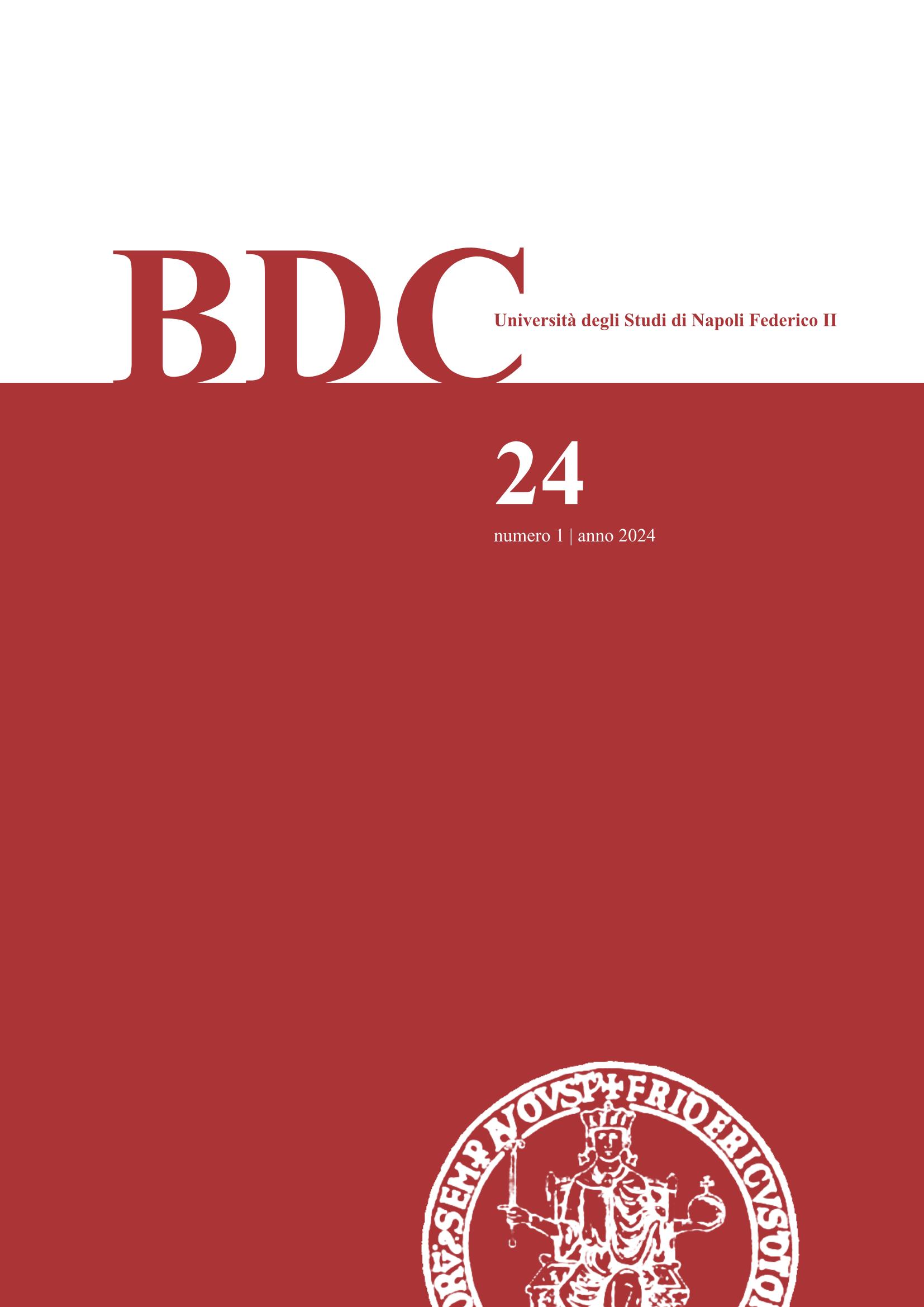Il Castello di Baia: hub degli itinerari archeologici flegrei nella chora di Cuma
Abstract
Nella prospettiva storica e geografica alimentata dalla recente istituzione della città metropolitana di Napoli, il mitico territorio dei Campi flegrei, “chora” di Cuma, nucleo fondativo della realtà partenopea ritrova una inedita dimensione di centralità. In questa chiave di lettura, il territorio, marginalizzato negli ultimi decenni da fenomeni di abusivismo e sfruttamento delle risorse, si pone come decisivo campo di sperimentazione della nozione di archeologia come infrastruttura, capace cioè di riarmare la struttura semantica di parti slabbrate e non comunicanti nel complesso paesaggio contemporaneo. I siti archeologici diffusi, afferenti al Parco Archeologico dei Campi Flegrei, divengono i capisaldi di un processo di trasformazione, i perni di una rete di itinerari che si snoda tra fragilità etorogenee, attivando processi di rigenerazione dell’immaginario. In questo quadro di ricerche, il caso studio del Castello di Baia, sede del Museo Archeologico dei Campi Flegrei viene interpretato come hub flegreo per la posizione di cerniera tra diversi itinerari archeologici. Lo studio delle trasformazioni dell’ambito paesistico, subite nel ‘900 e dovute al processo di industrializzazione insieme alla recente riscoperta della parte basamentale del Castello, consentirà di delineare il Parco dei Bastioni, una corona di percorsi e spazi collettivi in grado di riconfigurare l’immagine paesaggistica del Castello nel paesaggio contemporaneo.
Parole chiave: Campi Flegrei, Baia, itinerario archeologico
Downloads
Copyright (c) 2024 BDC. Bollettino Del Centro Calza Bini

This work is licensed under a Creative Commons Attribution 4.0 International License.
